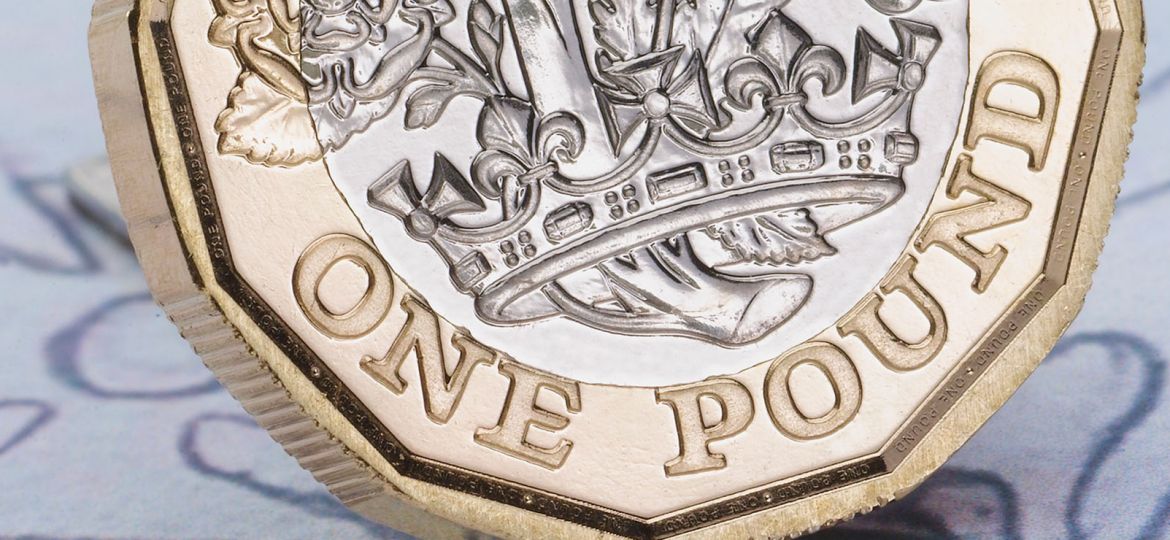
WHY THIS MATTERS IN BRIEF
The Royal Mint calls its new £1 coin a “pioneering” design and says that it will be much harder to counterfeit.
Having a currency that is hard to counterfeit is not only a matter of national security but it also helps to build confidence in that countries economy, and, in the light of Brexit neither of these are a bad thing as far as the UK are concerned as the Royal Mint unveil their new, ultra secure £1 coin which will be one of the hardest to counterfeit on the planet.
The bi-metal design, which is similar to the £2 coin, and the 12-edged shape, which resembles the old three penny bit coin, are basic measures intended to increase the costs of counterfeiting the coin but the Royal Mint’s real innovation is the secretive “integrated Secure Identification System”, known as – rather unfortunately it has to be said – iSIS.
iSIS is a technology, that for the first time, applies “banknote level security” to coins and is the result of a £2m research and development project from the Royal Mint.
Of the 1.5 billion pound coins currently in circulation about 3% are counterfeit and all of them use an electromagnetic signature as proof of their authenticity. So, for example, when you put a coin into a modern vending machine or parking meter, it passes through an electromagnetic field to measure the coins electromagnetic signature, and therefore gauge its authenticity but currently this signature degrades over time as the coin becomes increasingly abraded as it changes hands over the thirty years of its estimated life. And it’s this degradation issue that gives most of the counterfeiters their window because today it’s relatively easy for forgers to approximate the signature and that – in most machines, is good enough. The new iSIS system uses an additive substance which is embedded into the coin when it is minted and which, unlike it’s current counterpart won’t degrade over time.
“If you shine a light source at an iSIS coin, that then emits an energy response to an optical detector. And that signal is checked for its authenticity. So rather than a range of electromagnetic signatures, it’s a yes or no,” said Stuart Wilson, Head of Commercial Development at the Royal Mint.
A similar system is already used in the fuel and perfume industries, but this is the first time the technology has been applied to coins.
The Royal Mint has also created new handheld and desktop detection machines which means coins can be authenticated at any point in the cash cycle, rather than being hauled back to banks for analysis – which again should help reduce the amount of counterfeits in the wild.
Meanwhile, for those companies operating vending machines the estimated cost of retro fitting their machines to accept the new coins, according to the Automatic Vending Association, will be in excess of £400 million which, as a consequence could ironically mean that they start pushing harder and faster towards cashless transactions.iSIS is also only one of many competing anti-forgery technologies being developed by mints around the world and the Royal Mint, along with others like it, hope to offset their research costs by striking coins for other nations. The Royal Mint currently produces coins for 60 other countries.
















